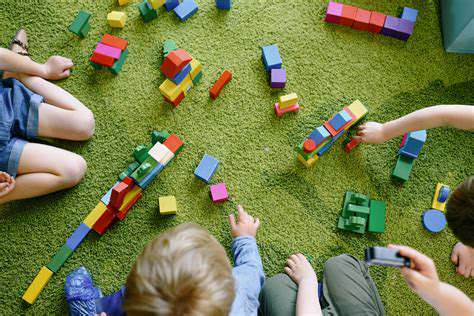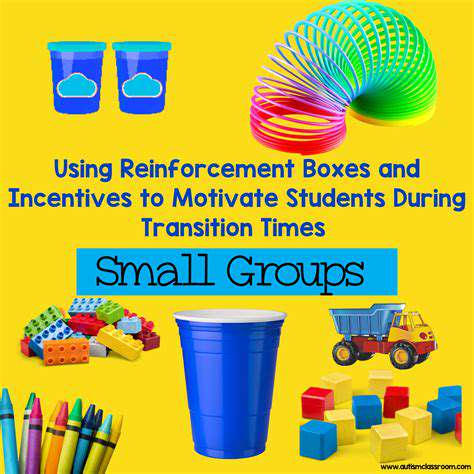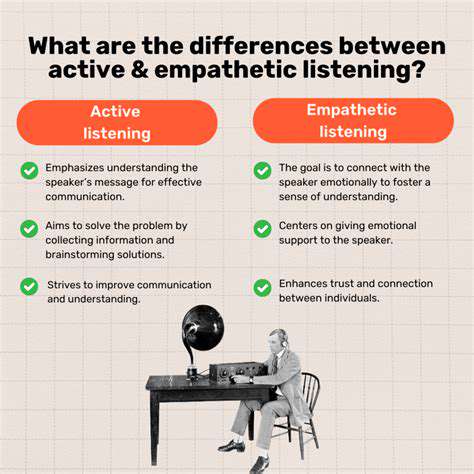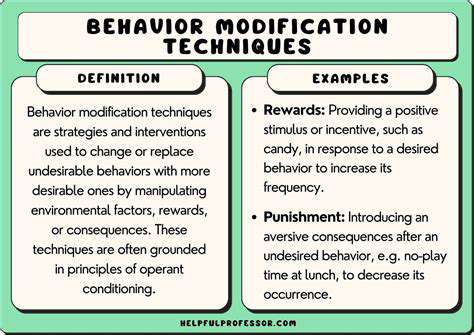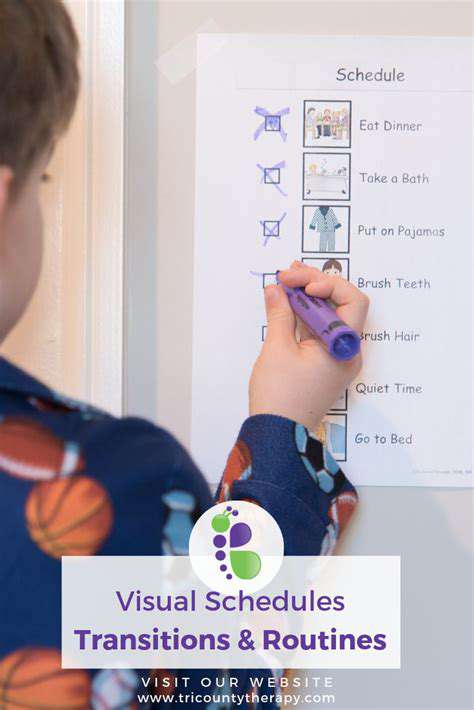Navigating Sleep Disruptions: Solutions for Parents
Optimizing the Sleep Environment
Creating a Conducive Sleep Space
A comfortable and calming sleep environment is crucial for quality rest. Dimming the lights and using blackout curtains can significantly reduce light disruption, promoting a more restful sleep cycle. Consider using a comfortable mattress and pillows that support your body's natural curves, leading to a more relaxed and supportive sleep posture. A cool room temperature, typically between 60 and 67 degrees Fahrenheit, also contributes to a more comfortable sleep experience, as does minimizing distractions like noise and electronic devices.
Strategically placed sound-dampening materials or white noise machines can help mask disruptive noises, allowing for a more peaceful sleep environment. The use of soft, calming colors on the walls and soothing textures on bedding can further enhance the relaxation response, preparing the body and mind for sleep.
Establishing a Consistent Sleep Schedule
Maintaining a regular sleep-wake cycle, even on weekends, is vital for regulating the body's natural sleep-wake rhythm. This consistency helps the body anticipate sleep, leading to a more efficient sleep cycle and improved sleep quality. A consistent bedtime routine, such as taking a warm bath, reading a book, or listening to calming music, can signal to the body that it's time to wind down and prepare for sleep.
Consistency in waking up at the same time every day, even on days off, strengthens the sleep-wake cycle, promoting better sleep regulation and increasing alertness during the day. This helps to maintain a healthy internal clock, making it easier to fall asleep and wake up feeling refreshed.
Managing Stress and Anxiety
Stress and anxiety are significant contributors to sleep disruptions. Practicing relaxation techniques, such as deep breathing exercises, meditation, or progressive muscle relaxation, can help reduce stress and promote calmness before bed. These techniques can help calm the mind and body, allowing for a smoother transition to sleep.
Identifying and addressing the root causes of stress and anxiety is essential. This may involve seeking professional support, engaging in stress-reducing activities like exercise, or making lifestyle changes that promote relaxation and well-being. Addressing stress effectively can significantly improve the quality and duration of sleep.
Controlling Light Exposure
Light exposure, especially in the hours leading up to bedtime, can significantly disrupt the body's natural sleep-wake cycle. Minimizing exposure to bright lights, especially from electronic devices, at least an hour before bedtime can help regulate melatonin production, a crucial hormone for sleep. Using warm-toned lighting in the bedroom can further promote relaxation and signal to the body that it's time to wind down.
Optimizing Diet and Hydration
What we eat and drink can impact our sleep quality. Avoiding large meals and caffeine or alcohol close to bedtime can prevent digestive discomfort and disruptions to the sleep cycle. Consuming a balanced diet rich in nutrients that support sleep, such as magnesium and tryptophan, can contribute to better sleep quality. Maintaining proper hydration throughout the day, but avoiding excessive fluids before bed, can also promote a more restful sleep experience.
Creating a Relaxing Bedtime Routine
A calming bedtime routine can signal to the body that it's time to wind down and prepare for sleep. This routine could include taking a warm bath, reading a book, listening to calming music, or practicing gentle stretching or yoga. Engaging in relaxing activities that are not stimulating or mentally challenging can help the body and mind transition into a sleep-ready state.
Creating a predictable and consistent bedtime routine helps the body regulate its natural sleep-wake cycle, promoting a more peaceful and restful sleep experience. This routine aids in preparing the body and mind for sleep, leading to more efficient and restorative sleep cycles.
